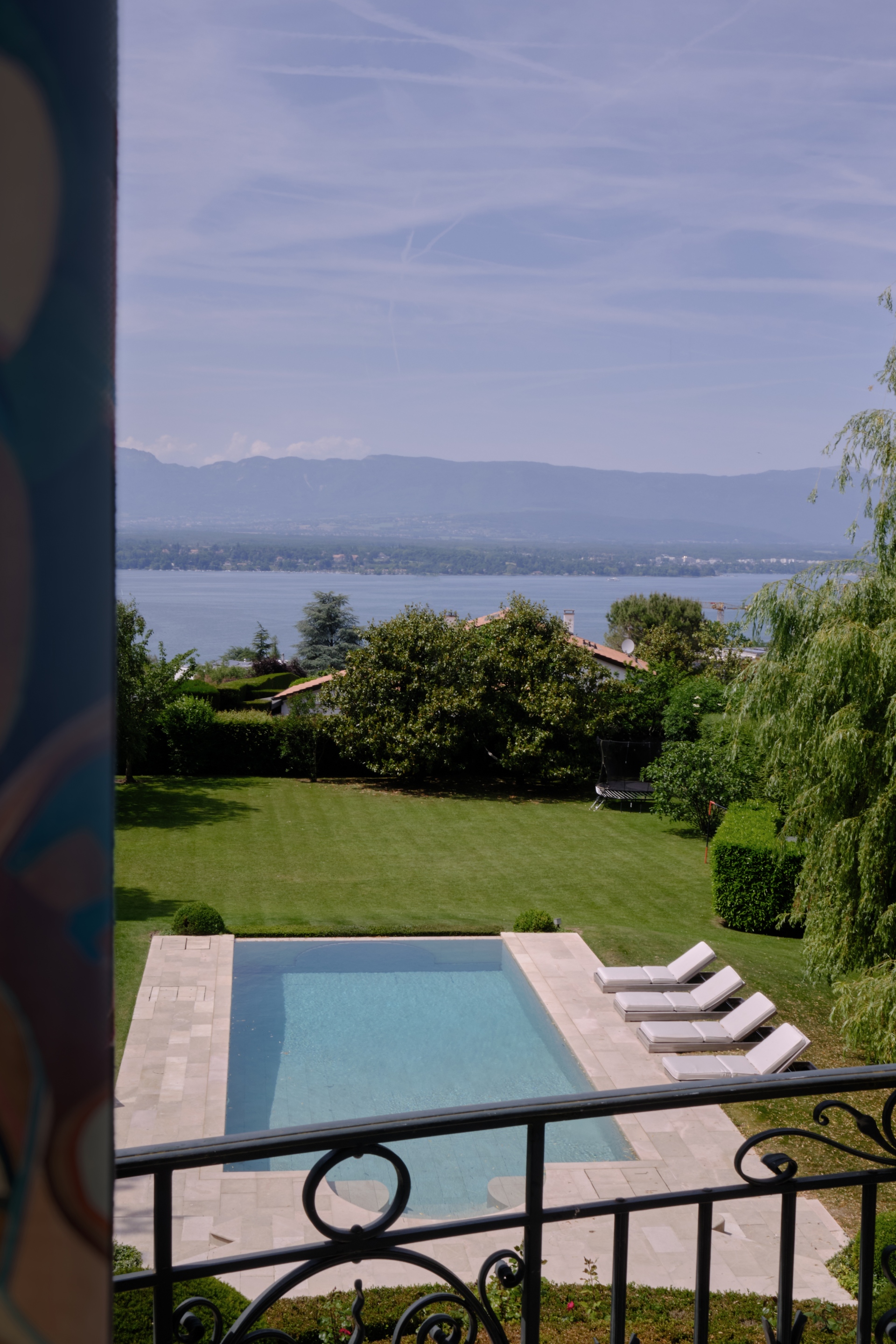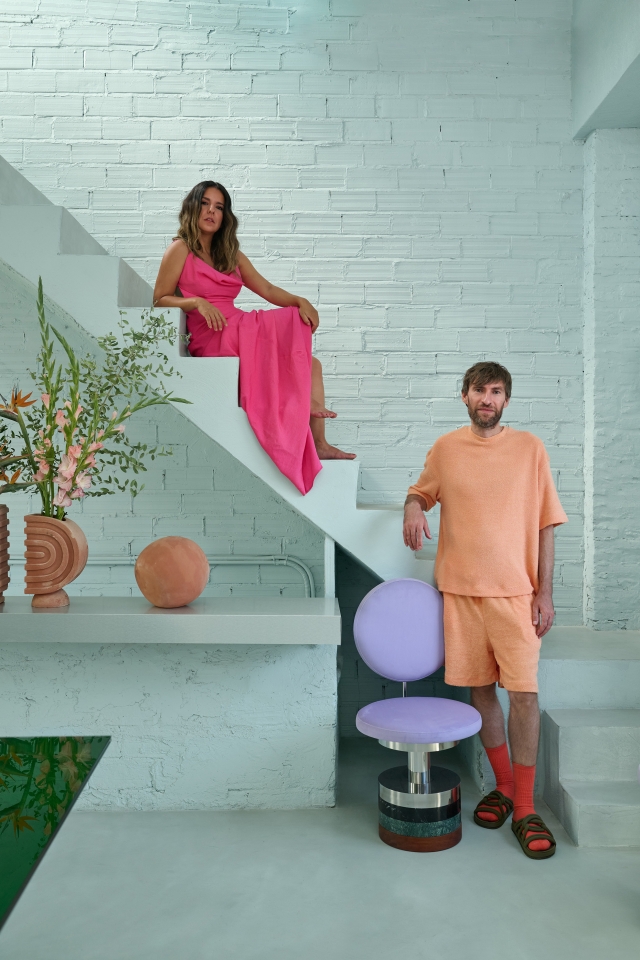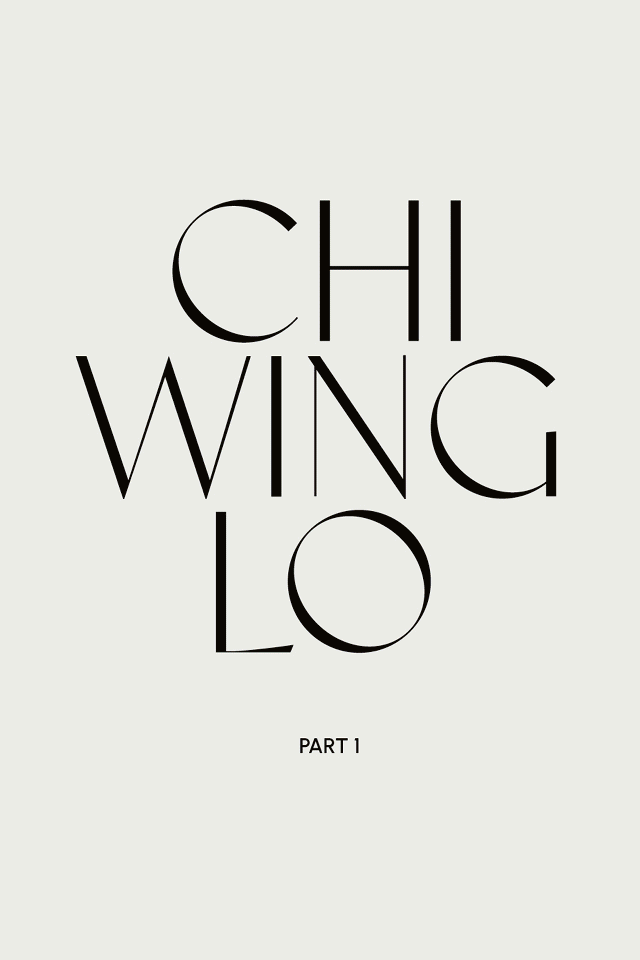Since 2010, Hauvette & Madani's Samantha Hauvette and Lucas Madani have been working on a series of high-end projects in France and internationally. From the design of each interior to custom furniture design, they create elegant and refined spaces, tinged with a patinated modernism, which they have made their signature. We speak with the dynamic duo on their approach, challenges and their take on future trends.
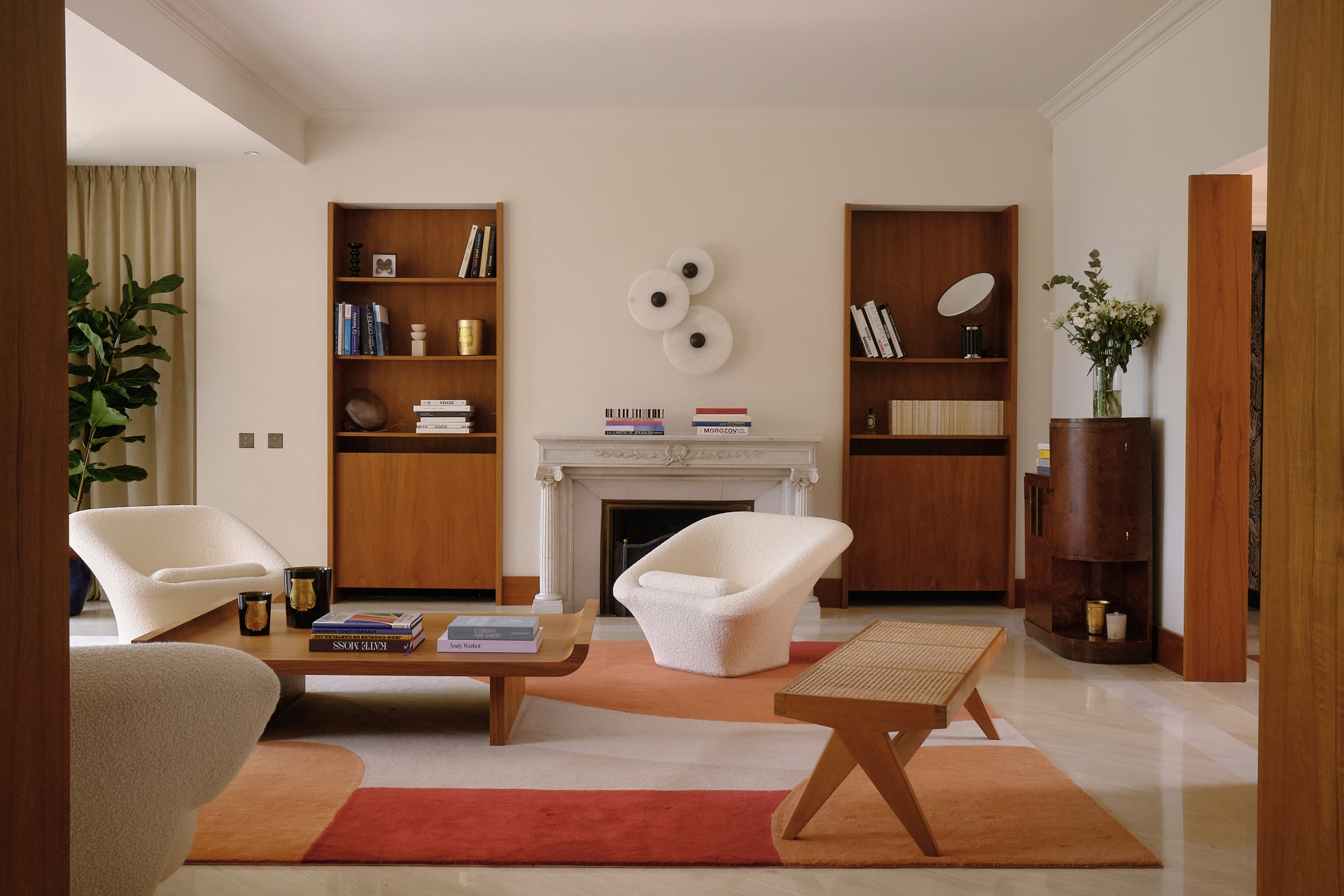
Can you tell us about your backgrounds and how you started your journey in interior architecture and design?
Lucas: I was born in the United States and grew up in Paris. My father was a carpenter, then a site manager, and my mother a food photographer. As a child, I used to help my father with construction work and admire my mother's photos. So I naturally learned to draw in perspective and to understand light in space.
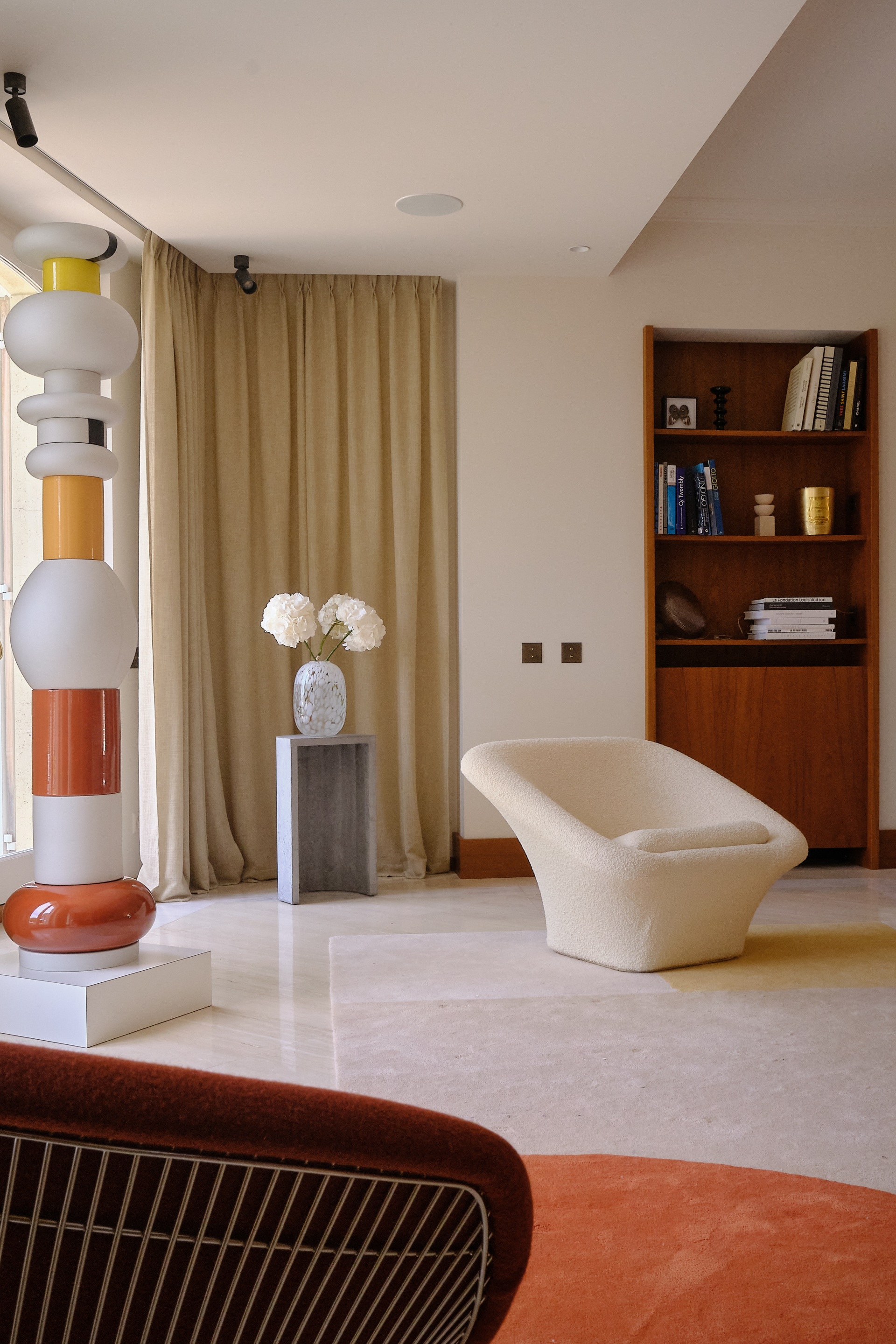

Samantha: A family heritage, with a family in art inspired me to create timeless places. I studied at the Camondo school in Paris, where I met my friend and partner Lucas Madani over 10 years ago. We launched our agency Hauvette & Madani together.
How would you describe your design philosophy and aesthetic?
Lucas and Samantha: Our interior design philosophy is hedonistic. As interior designers, we naturally think of the place as a technical envelope and servant of the environment. It's all about making a practical, healthy space, but always with the idea of making the most of it with friends and family. We aspire to create places where people can exchange and share, and we imagine our projects around these moments of life. We design projects that are as much about living and feeling as they are about looking.
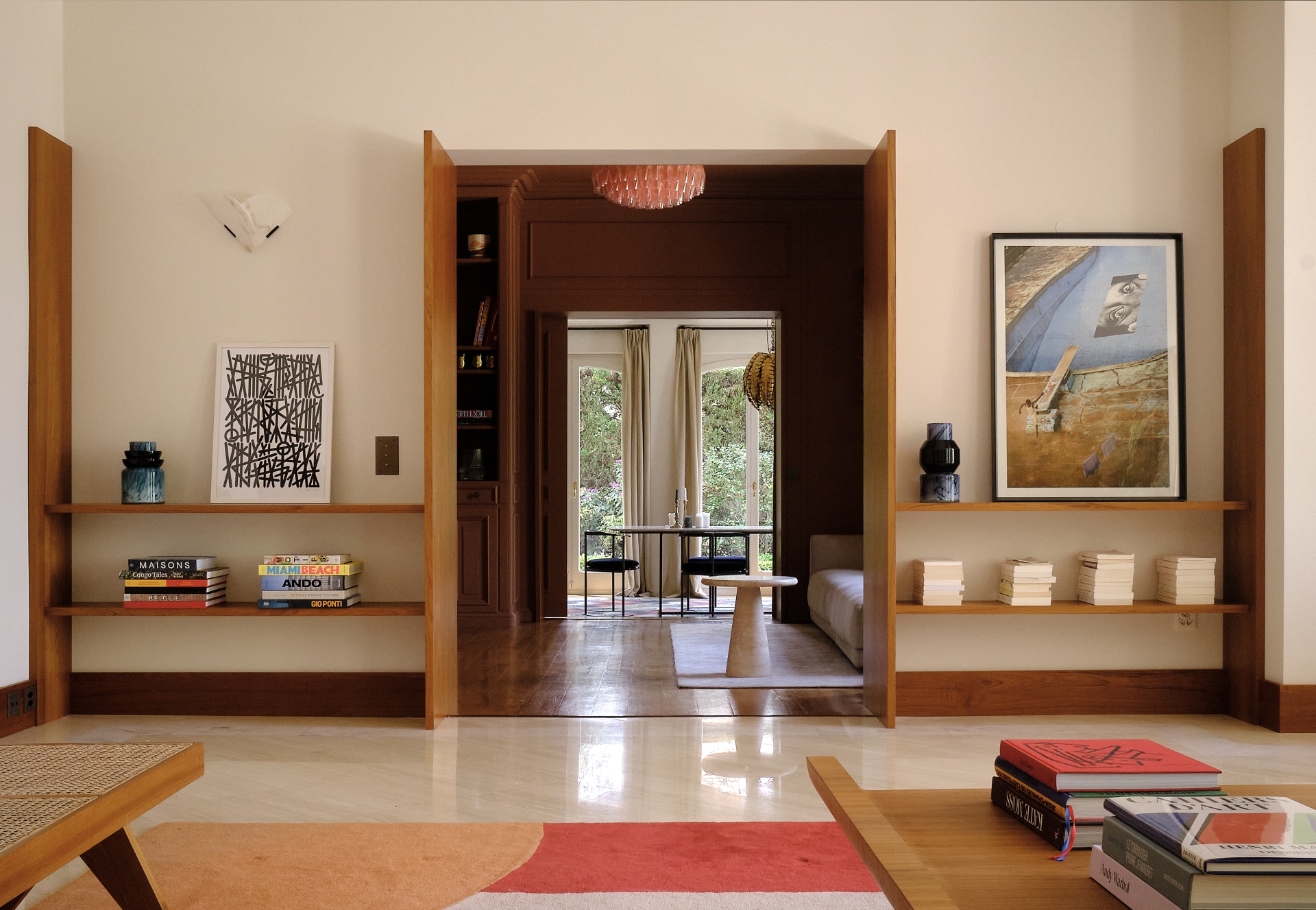
Can you share some insights into your collaborative process? How do you balance each other's strengths and ideas?
Lucas and Samantha: Our creative process often begins with our first contact with the customer. Our first discussions give us insights. We discuss them with each other, then begin a brainstorming session. Then we sort out the best ideas; Lucas likes to make initial sketches, while Samantha puts all these intentions into a moodboard. The plan is a part that we like to develop too, making sure that everything fits perfectly into the space. Then we come back to decorating and our first intuitions. We talk to each other a lot and, above all, compare our ideas and choices to challenge each other as much as possible and find what we think is the best decorating choice. Our duo allows us to be eclectic. We can say that we are complementary in our opposition.

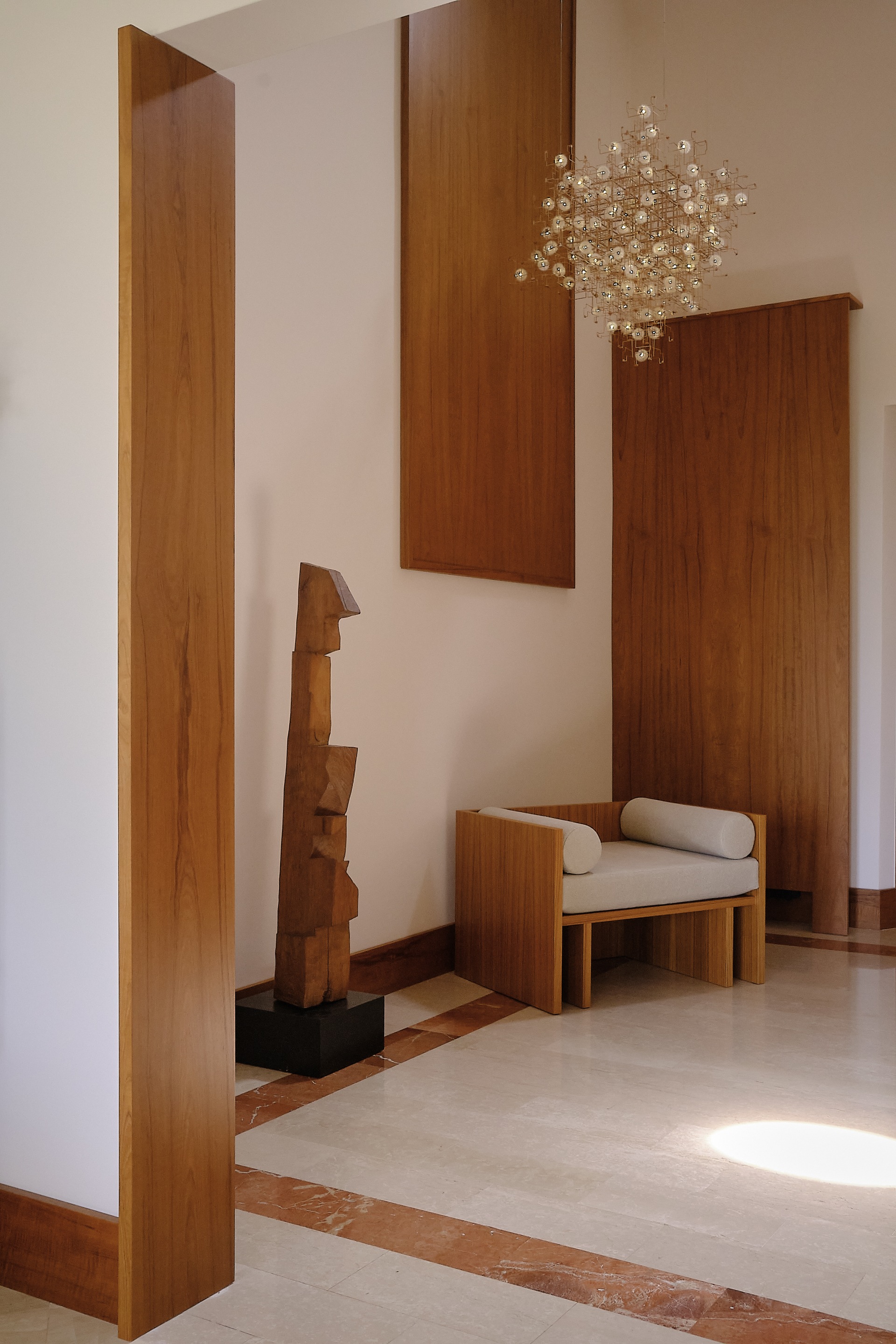
What inspires your designs? Are there particular artists, eras, or movements that influence your work?
Lucas and Samantha: We're very inspired by the decorative arts and the 70’s. These two periods of renewal go very well together and are quite complementary in terms of shapes and materials. Lucas finds inspiring atmospheres in films and exhibitions. Samantha develops her imagination through reading and visits. We love so many artists that it's hard to make a list but we admire Jean Touret's sculptures, Jouve's ceramics, Arbus’ furniture...
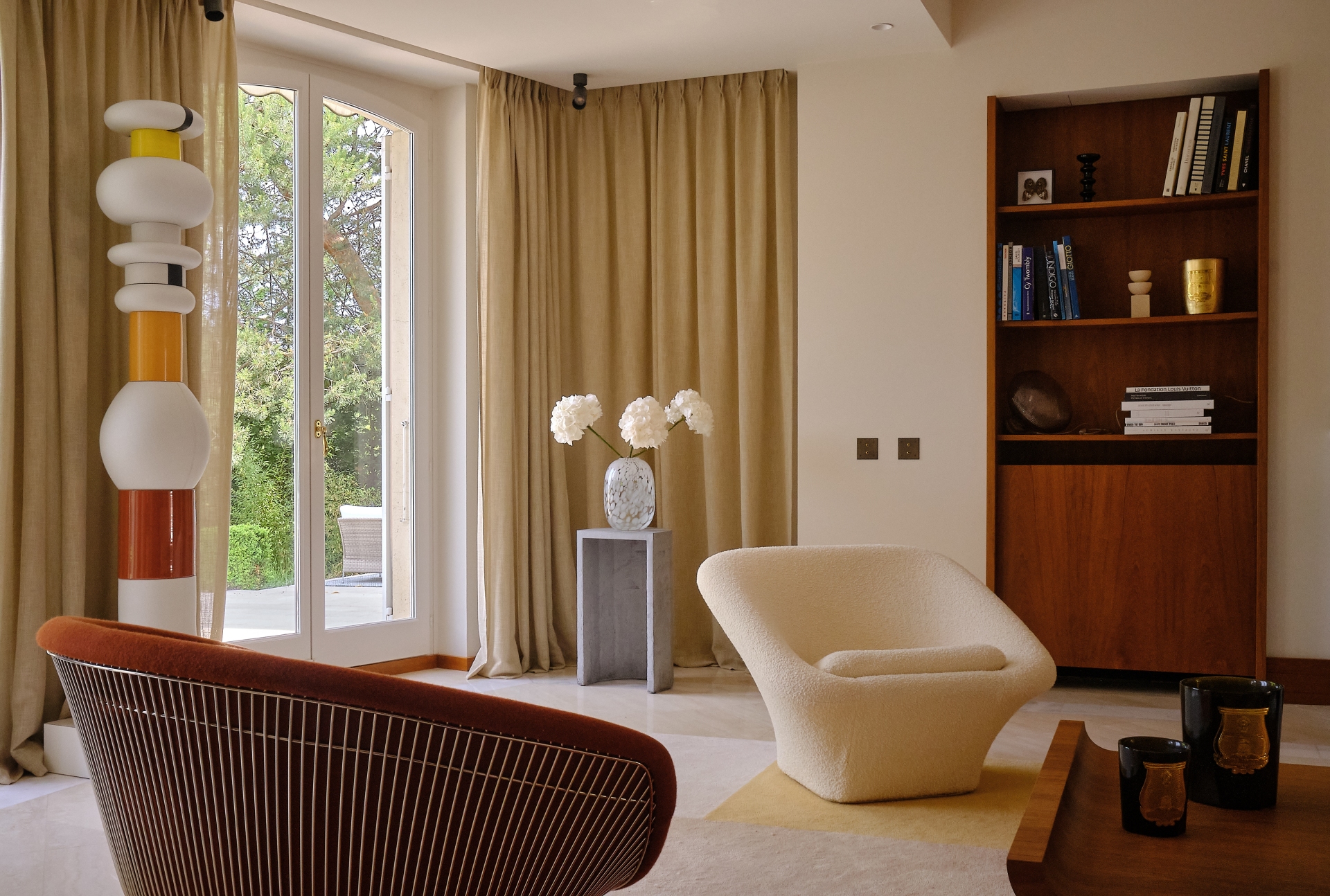
How do you approach a new project? What is your creative process from concept to completion?
Lucas and Samantha: We usually start a project by familiarizing ourselves with the layout, and an initial visit is essential. The site often inspires our first intentions, but the plan itself often gives us a lot of ideas for the layout. These ideas are transformed by the references that everyone brings to the table, and we begin to see the project's guiding principles. Once we've found that direction, our choices are naturally guided by the general atmosphere.
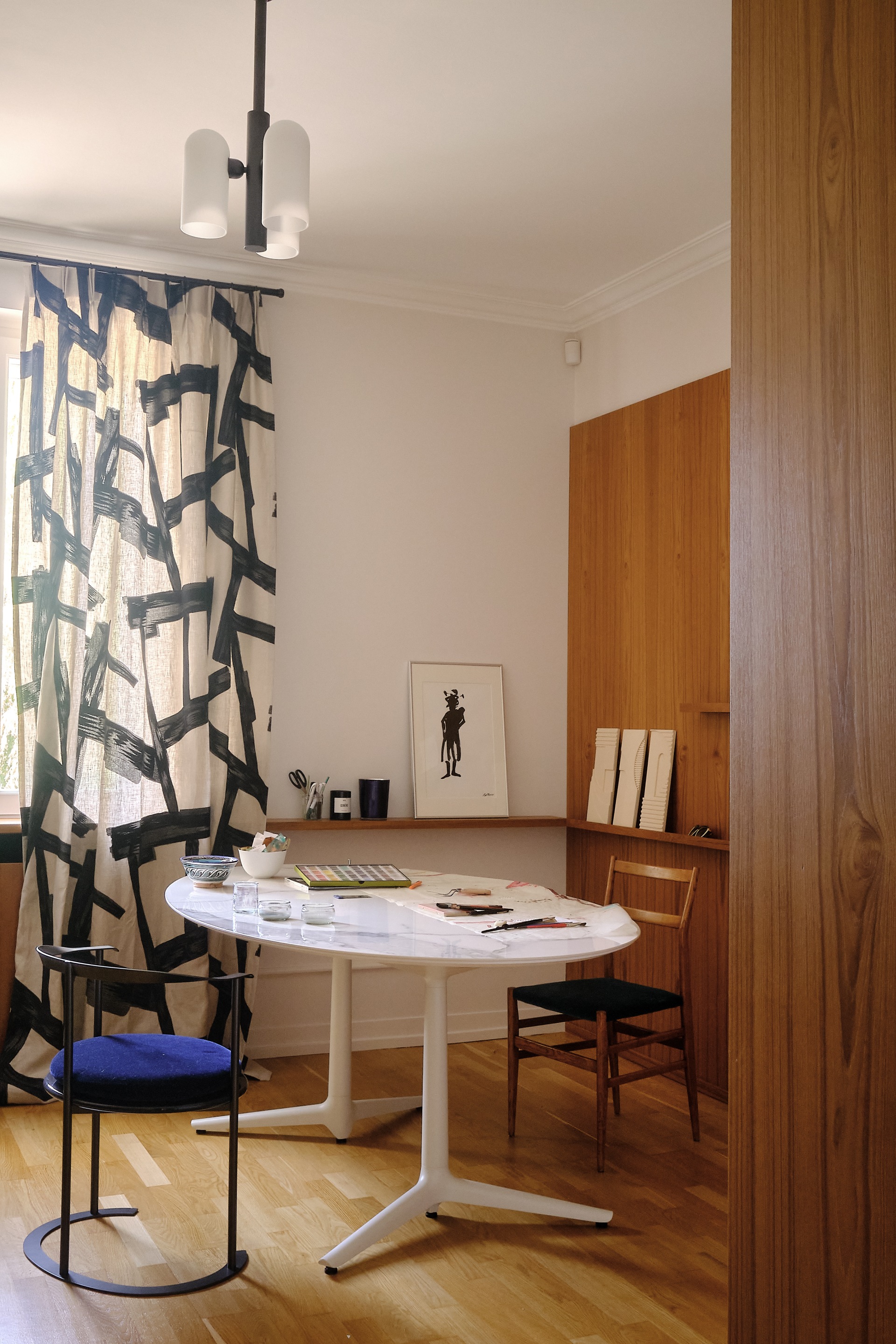
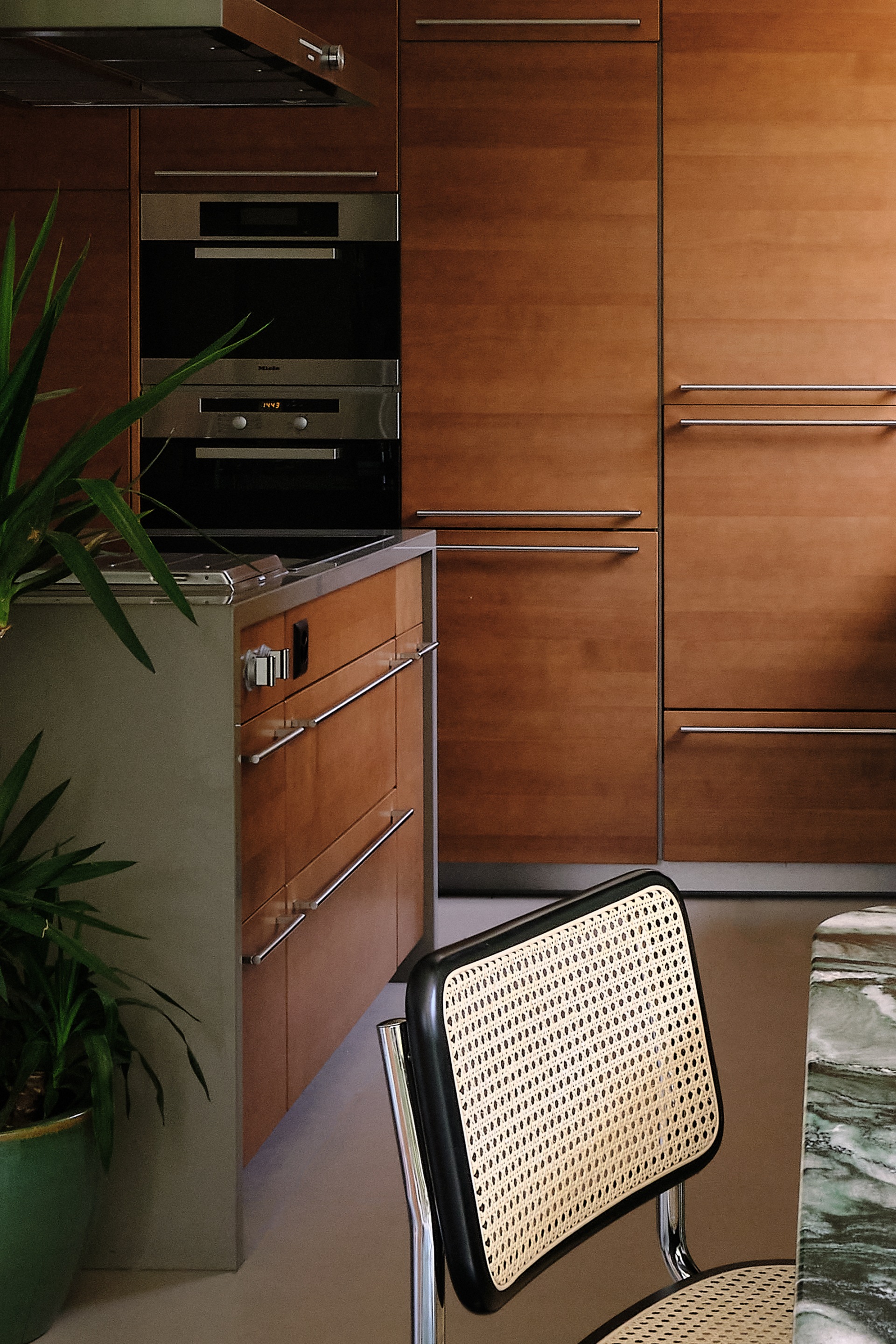
Can you share a project that was particularly challenging and how you overcame those challenges?
Lucas and Samantha: The Wallace Hotel was a particularly challenging project. In fact, this establishment was a small neighborhood hotel with no particular history. The elevation from 2 to 5 storeys made it a fairly new building, and we had to agree with the Paris urban planning authority, which restricted the architect on the design of the facade. So we had a new building with no specific features. We therefore had to come up with a story that would allow the building to have a homogeneous and unique character.
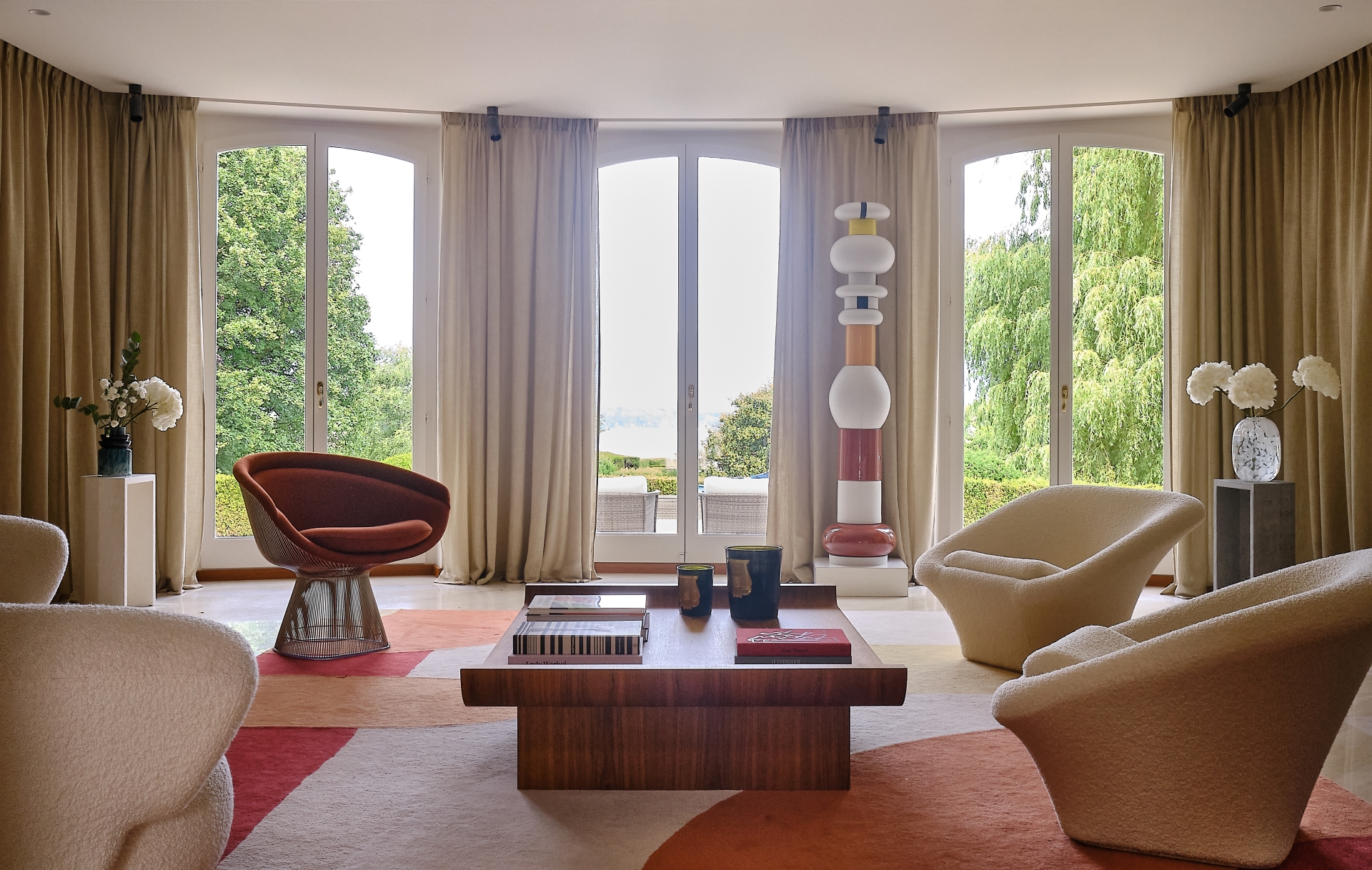
The idea of telling the story of the journey in different forms seemed to us to be the right one, and we began to work on different atmospheres for each of the hotel's spaces. The patio and corridors are reminiscent of 60’s American motels, while the rooms are treated like luxury sleeper cabins on a boat or train. The overall result embodies these themes.
How do you handle client feedback and incorporate their vision into your designs?
Lucas and Samantha: We attach great importance to customer feedback on the project proposals we produce as we go along. Functionality is of paramount importance, and we work on the plan in such a way as to respond perfectly to the required use. On the decorative side, it's interesting to see how each project blends the culture and identity of our customers with our style. This drives us forward and pushes us to renew ourselves with each project, while retaining our artistic direction, which naturally asserts itself.
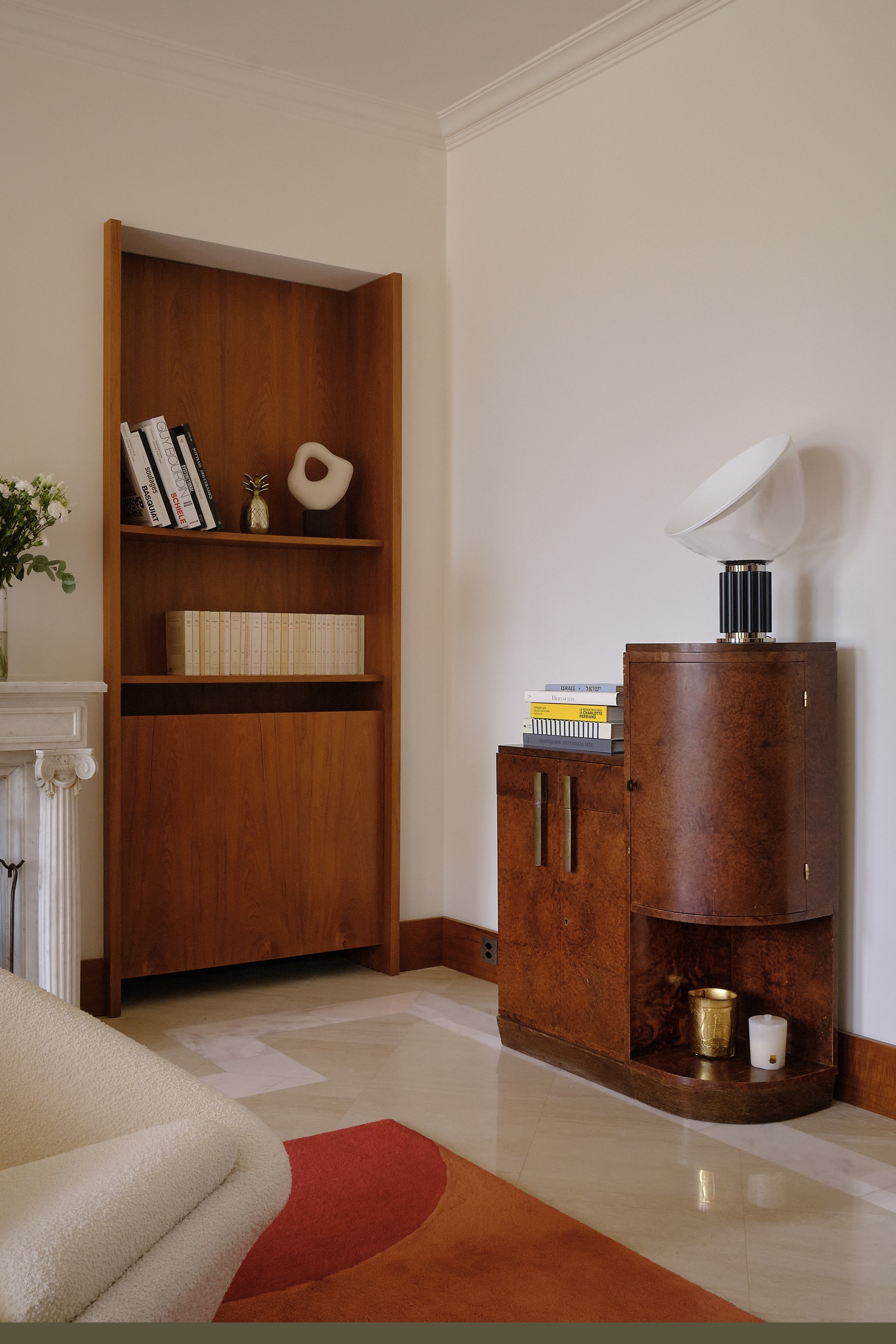
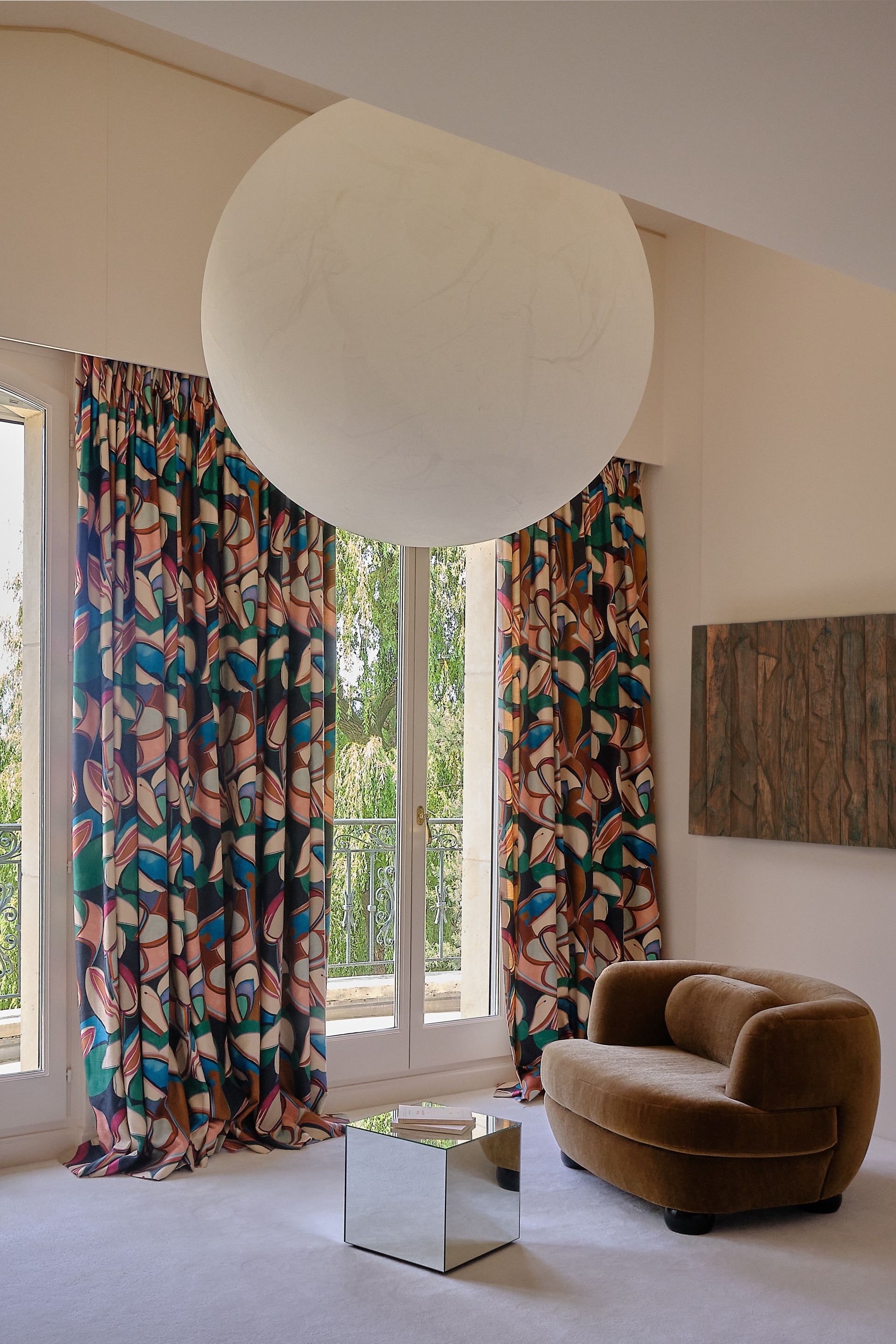
How do you see the future of interior architecture and design evolving, and what trends do you think will shape the industry?
Lucas and Samantha: In the current context, we strongly believe in the influence of the Art Deco style. Much more than a simple aesthetic, it’s an answer to a need of stability, luxury and durability, while recalling an era of creative renewal. Its elegance, timeless quality and symbolism of resilience make it a style that responds to today's aspirations and challenges. The Art Deco style attracts with its focus on high-quality materials and objects designed to last. Unlike ephemeral trends, Art Deco favors well-constructed furniture and robust materials, which is in line with today's desire to reduce rapid consumption and favour pieces that will stand the test of time.

